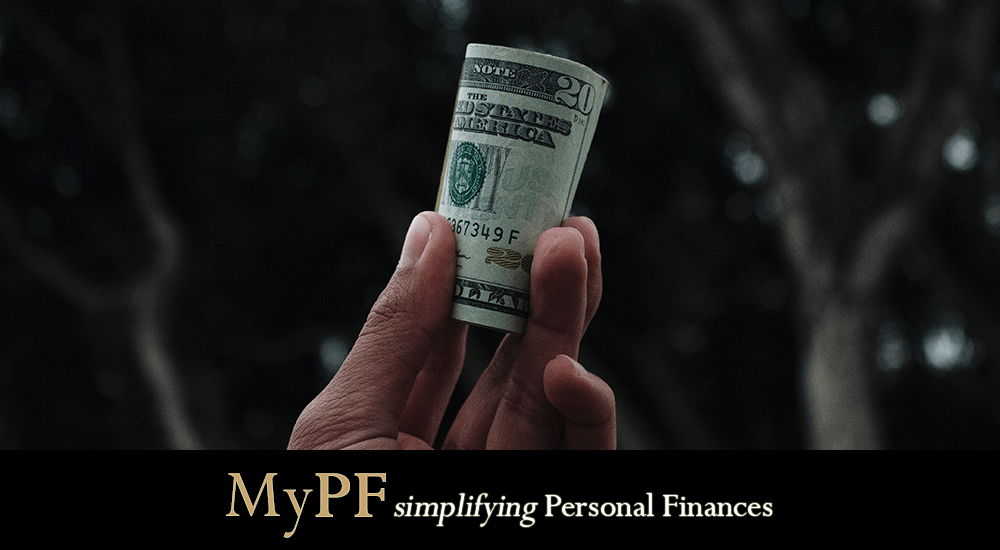When it comes to saving money for a downpayment on a home, you need to take a comprehensive approach. You need to consider a variety of different savings tactics, even if they might seem small on the surface. The reality is that even smaller savings techniques can amount of an accumulation of a decent amount of money over time.

The purchase of a home represents one of the most important steps a person takes during the course of a lifetime. The importance of a home purchase is reflected on both the personal and financial side of a person’s life.
A key element of moving forward with the purchase of a residence is to amass an appropriate downpayment for a home of your own. There are seven tips to bear in mind when it comes to saving money for a downpayment on a home.
Contents
1. Designate Your Tax Refunds for Your Downpayment Fund
A solid place to start in saving money for a home down payment is to set aside your tax refund for this purpose. Most folks use their tax refunds for something that might provide more immediate enjoyment. You can give your downpayment fund a solid jumpstart by placing your tax refund into it.
2. Automate Your Transfers
A useful tactic to consider employing when you desire to save money for a home downpayment is to schedule a monthly transfer of a set amount of money into your bank account or sub-account designated for your property funding.
Select an amount for automatic transfer into your down payment account that will not inappropriately impact the reasonable amount of funds that you need for daily living. Nevertheless, you do not want to make this amount so small that it proves to be of little help in saving for a down payment.
In the overall scheme of things, the money you elect to set aside monthly will prove to be one of the more important sources of funds for that important objective.

3. Save Bonuses and Salary Increments
If you are in a position through which you earn bonuses or can expect a raise, designate these type of revenue towards your home downpayment.
The reality is that you should be living within a budget that doesn’t require these additional funding increases. Rather than increase your budget with these sources of funds for other discretionary expenditures, use the money to help fund your home down payment.
4. Keep Your Old Car or Just Grab
Many, many people start looking for a new car once they have their current one paid off. Indeed, some people start the search well before an existing vehicle loan is satisfied.
Another prime home downpayment saving strategy you will want to employ is to keep your existing car when the loan is paid off. Rather than turn around and purchase a new vehicle, direct the money that had been used for a car payment into your home down payment account. For many people, this proves to be a significant contribution to the fund and speeds up the process of getting down payment in place.
It is increasingly common as well to use ride sharing, public transport and/or car pool to get around. Do the math, and see if it makes financial sense for you to save more than a few cents every month.
5.Tap Your Retirement Account
Before considering this tip, you do need to keep in mind that there is an element of left pocket to right pocket associated with this tactic and that it reduces your retirement funds available. EPF allows you to withdraw up to 100% of your EPF account 2 with no penalty if you intend to use it to purchase a home.
Yes, you will be taking money out of your retirement fund. However, you are not penalized for doing it and you will be placing into another important investment in the form of a residence. Provided that retirement is not looming on the horizon, this can be a suitable, reasonable strategy for boosting your downpayment fund.

6. Use Automated Savings Programs/Apps
Various banks and financial apps are introducing automated savings programs or apps. How it works is that which a debit card charge or e-wallet is rounded up to the next full dollar amount or your savings get automated. This savings is then placed into a designated bank account, in this case your downpayment fund.
While this accumulates at the rate of cents at a time, if you are an avid user of your debit card or supported e-wallets, as many people are in this day and age, these cents do accumulate to a relatively decent bit of money throughout the course of a year.
In the end, when saving for a down payment, every little bit helps. Moreover, this typically is a very painless way to add some money to a home downpayment fund.
7. Refinance Existing Loan
If you have other loans, look at the potential for refinancing. If you qualify for refinancing of your loans, this can be an aid in your endeavor to save money for a home downpayment. You can use the money from the loan refinancing and apply it to your home downpayment fund. Do note that this may be higher risk and entail additional fees so do your homework
Overall
A comprehensive approach to accumulating money for a home downpayment is ideal. Thus, you are likely to best served in saving for a downpayment to utilize some or all of the suggestions set forth for you in this article.
Finally, make sure you absolutely understand what you will need to pay in the way of a down payment on a home purchase. 10% downpayment is the norm on conventional loans. You may have the ability to make a smaller down payment if it’s your first property and/or with developer rebates.




Leave A Comment